But what is more valuable is the way the Mong people here “rewrite their destiny” with a special commitment: No drugs, no child marriage, no strange religion, no littering… and many other “no’s”. Few people know that the people who built this model were illiterate, used to live with the son-in-law to pay off the dowry, and were addicted to opium. Now, they are homestay owners, symbols of self-reliance and protecting the border from the heart.
A commitment to many "no"s
About 30 km from Lai Chau provincial capital, on a winding mountain road, Sin Suoi Ho village appears like a musical note in the middle of the Northwest forest. But no one expected that this Mong village was once a dark "depression": no electricity, no literacy, no doctors, no faith in the future.
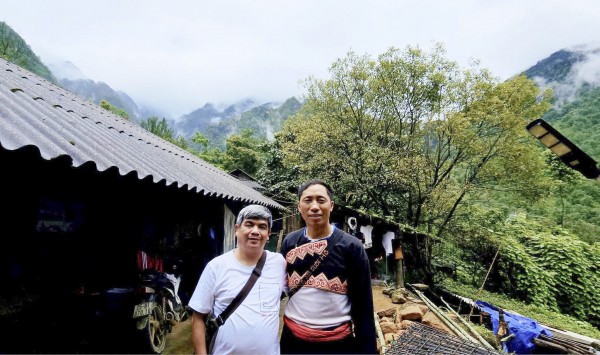
But today, Sin Suoi Ho is a bright spot in community tourism , honored at the third ASEAN Tourism Forum, with tourism revenue in 2024 reaching over 3 billion VND, and more than 30,000 visitors.
The entire village has 148 households, 100% of whom participate in tourism. There are up to 400 beds, 1 restaurant, 4 coffee shops, a brocade exhibition area, and a Mong cultural experience area. 10% of the children in the village go to university or college - something that seems impossible in a village where 80% of the people are drug addicts.
And what makes the difference: the whole village unanimously implements the "Community Commitment" - where there are many voluntary "no's" such as: no littering, no letting livestock roam free, no drug addiction, no drinking, no stealing, no domestic violence, no early marriage, no third child, no strange religion, no superstition...
The person who started the revival was Hang A Xa, born in 1975. Hang A Xa only finished 5th grade. His father and a few other men in the village were previously considered "opium tycoons", but he and the village cadres were determined to take the villagers away from the dangers of drugs. They broke up their cigarettes and started collective drug rehabilitation. After 10 years of perseverance, Sin Suoi Ho village is now free of opium and drug addicts.
Mr. Xa also encouraged people to grow orchids, cardamom, clean roads, raise livestock, and build homestays. His family was one of the first to do systematic tourism.
Another case is Vang A Lai (born 1984) - who was so poor that he had to live with his wife's family and work for 3 years to pay off the dowry. Although he did not go to school, through carpentry, building walls, raising livestock and diligence, in 2023, A Lai built Bungalow Hoa Lan Sin Suoi Ho - a Mong-style eco-resort, attracting tourists from all over the world. The miracle is that he learned Mandarin himself from... an old smartphone, word by word, sentence by sentence, by looking up the dictionary and watching YouTube...
His two sons, Vang A Sung and Vang A Chinh, were sent to study tourism in Hanoi . Vang A Sung graduated and returned to his village to work in tourism with his parents. “I didn’t have the chance to go to school. Now I want my children to do what I always wanted to do,” A Lai said proudly.
Behind the change in Mong Sin Suoi Ho village is the contribution of the women here. They silently keep the fire in their homes and villages warm.
Lunch in July, although the weather in the lowlands is hot, but in the highlands of Sin Suoi Ho, the weather is like the beginning of winter, slightly cold. Waves of misty clouds occasionally drift into the kitchen. Sitting by the fire with the village chief Vang A Chinh and his wife, with warm stories that never want to end...
Ms. Sung Thi Ke - wife of the village chief Vang A Chinh and her daughter-in-law Giang Thi Xe - who studied cooking in the lowlands, have turned the traditional earthen house into a place to welcome tourists. They cook meals with rich Mong culinary flavors such as boiled black chicken, stir-fried bamboo shoots with local pork, grilled stream fish, and fried noodles with wild pepper leaves - a specialty that is hard to find elsewhere.
At the corner of the village market, 81-year-old Giang Thi Mo, mother-in-law of Village Chief Vang A Chinh, still sits and sells wild vegetables every morning. Despite her old age, she is still very alert, going up the mountain every day to pick bamboo shoots, fern, wild pepper leaves... Although she does not know Mandarin, she communicates with everyone with friendly eyes and a kind smile, making visitors from far away not want to leave without "checking in" with her for a beautiful photo moment.
And in every house, on every brocade dress, the hands of the Mong people - especially the women - still embroider the beauty of loyalty and the strong identity of the mountains and forests. As the village chief A Chinh said with a smile, boasting: "This shirt was embroidered by my wife. These embroidery patterns are "love charms". When I wear them, I must be faithful!" Perhaps, these conventions together make domestic violence, divorce, and early marriage not an issue for couples in this Mong village. Women in the village are more equal. Together with the hard-working men, they build the village's life to be more civilized and prosperous.
A place of close military-civilian relationship
Sin Suoi Ho Border Guard Station is assigned to manage and protect a 9.272km long border section with 4 boundary markers: 83/2, 84, 85(1) and 85(2); opposite is Ma Ngan Ty commune, Kim Binh district, Yunnan province, China. The unit manages the area of 2 border communes Sin Suoi Ho and Khong Lao, Lai Chau province with a natural area of 444.03 km2, a population of 33,262 people living in 67 villages.
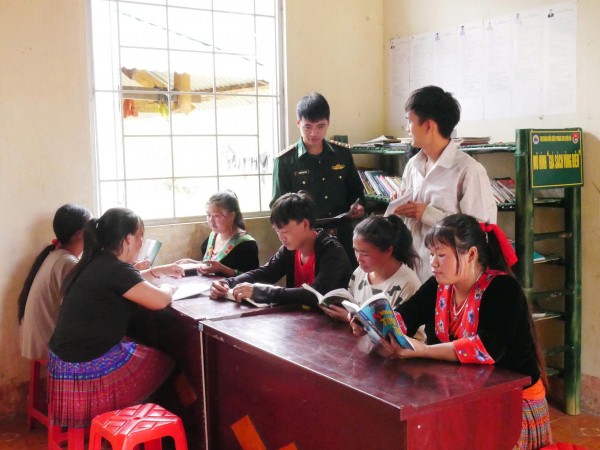
The unit has thoroughly grasped and strictly implemented the directives and resolutions of the superiors on military, national defense and border tasks. Organized border protection management, performed well the work of combat readiness, natural disaster prevention, search and rescue. Border guards and communal police promptly resolved issues related to borders, rural security, ethnicity and religion in border areas; coordinated with Party committees and authorities of border communes to launch the movement "All people participate in the fight against crime; maintain political security, social order and safety in border areas". Along with that, coordinated, proactively grasped the situation, promoted propaganda and mobilization work, raised awareness among people in border areas about the Party's guidelines, policies and laws of the State on national borders.
The station has promoted the role and responsibility, improved the effectiveness of the staff of 11 party members participating in activities at the Party Cell of 11 villages and 27 party members in charge of 176 households in the border area; sponsored 4 students in the program "Helping children go to school", supporting each child with 500,000 VND per month; implemented the project "Army officers and soldiers help children go to school", the unit supported 30 children with 7,400,000 VND per school year; and many meaningful programs such as "Spring Border Guard warms the hearts of villagers", "Accompanying women in the border area", "Border Scissors" (free haircuts for people), "Border Bookshelf", "Second Journey of Tires", "National Border Marker"... For officers and soldiers of the Border Guard Station, Sin Suoi Ho village is not only a bright spot of culture - tourism, but also a solid "fence" on the border.
“At first, the villagers were hesitant, thinking that the soldiers coming down to check constantly would scare tourists and make them not dare to stay. Now, the villagers appreciate it very much. The Border Guard helps people learn to read and write, maintain security, provide medical care, and even detect and prevent those who pretend to do charity work or invest in fake projects to deceive the villagers…” - Mr. Vang A Lai, owner of the Hoa Lan Sin Suoi Ho eco-resort Bungalow, shared.
Although it was my second time going to Sin Suoi Ho, I was still “craving” because I had not discovered all the interesting things here. I still owed my promise to Major Nguyen Huu Tho about the trip to visit the Border Guard Station and owed the “backpacking” trip with Village Chief Vang A Chinh and new friends to conquer the Bac Moc Luong Tu peak in the clouds…
Sin Suoi Ho may not be the richest village, but it is certainly the most self-respecting. No dogma, no slogans, every “no” here is a voluntary choice: no littering, no violence, no third child, no gambling, no superstition... And from those “no’s”, the Mong people in Sin Suoi Ho have gained many things: culture, tourism, economy, peace, faith, aspiration, and a future built by themselves.
Sin Suoi Ho today is not only a tourist destination, but also a living proof of a sustainable development model from the people, showing that change does not come from projects, but from the community's will and the kindness of each individual.
Source: https://baolaocai.vn/ban-mong-nhieu-khong-post879759.html


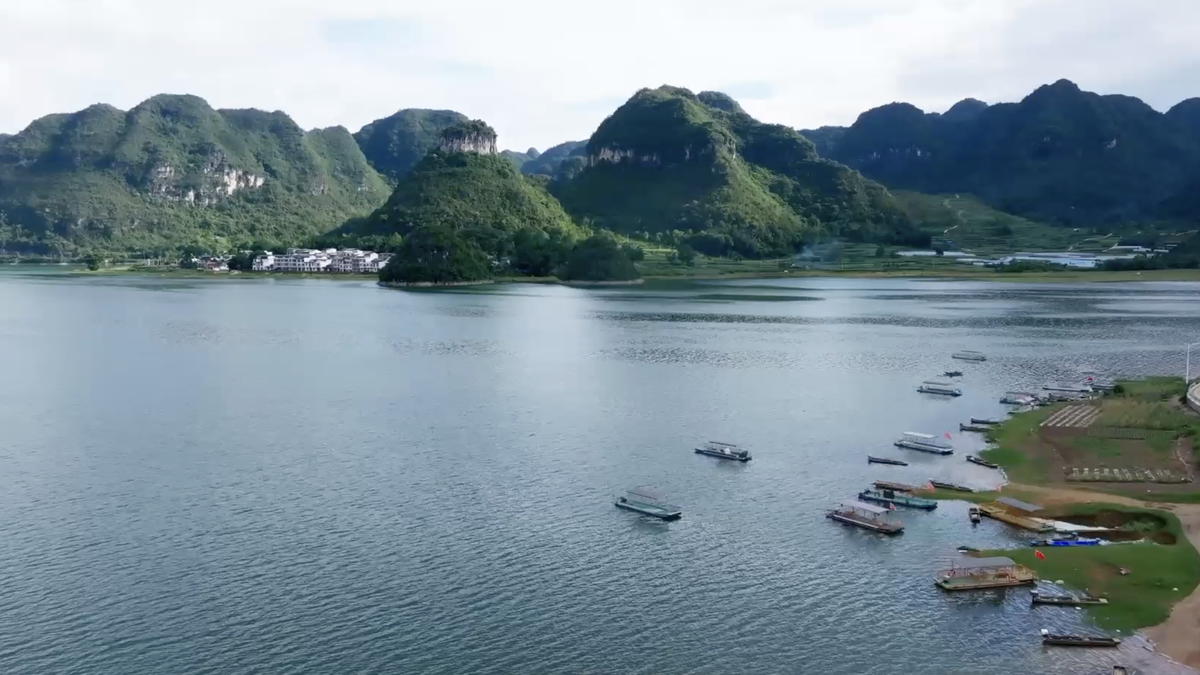
![[Photo] General Secretary To Lam and National Assembly Chairman Tran Thanh Man attend the 80th Anniversary of the Traditional Day of the Vietnamese Inspection Sector](https://vphoto.vietnam.vn/thumb/1200x675/vietnam/resource/IMAGE/2025/11/17/1763356362984_a2-bnd-7940-3561-jpg.webp)

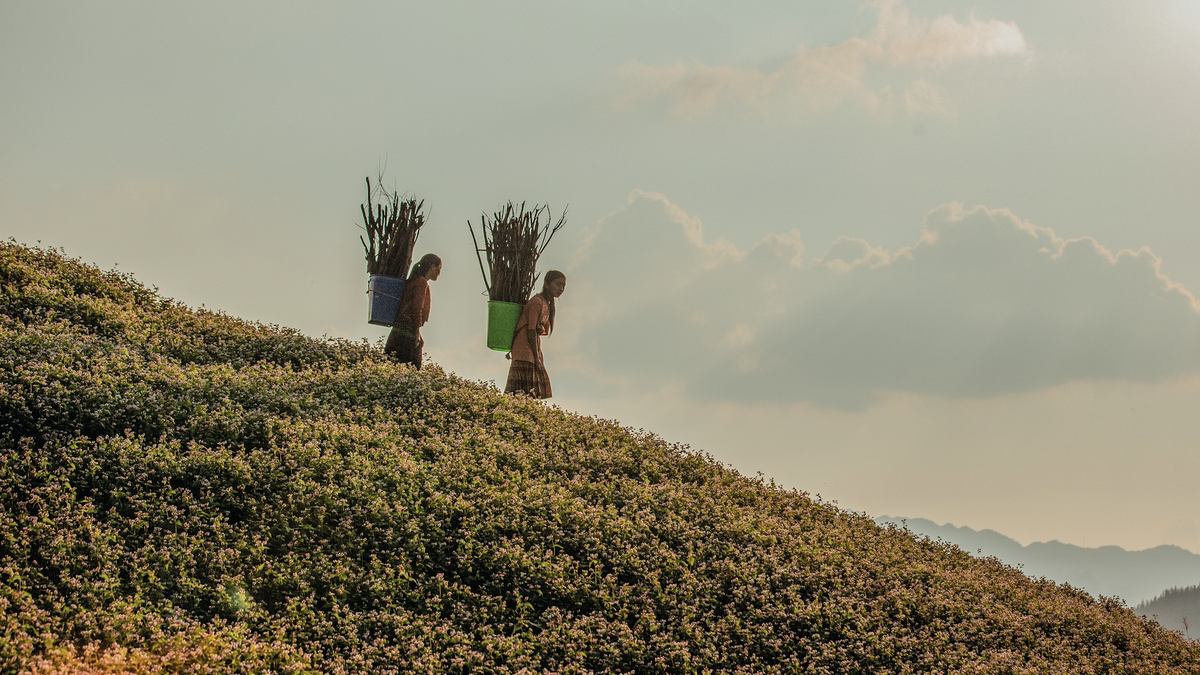


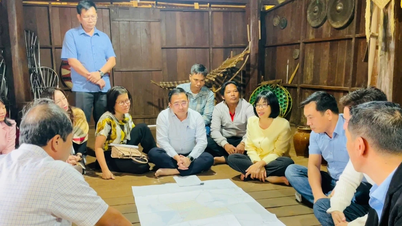

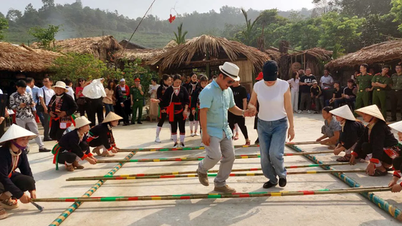

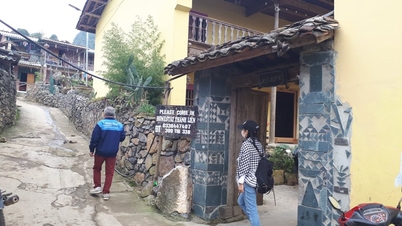

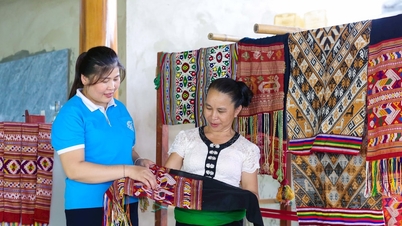

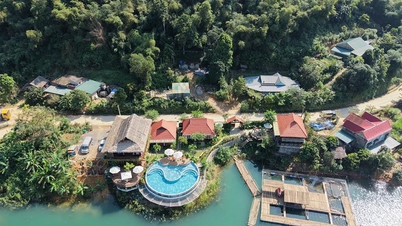

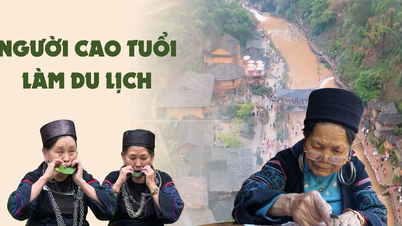
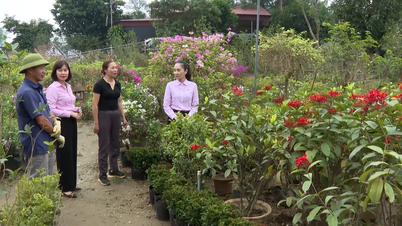
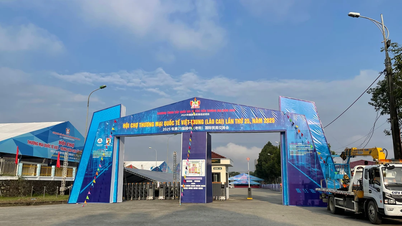
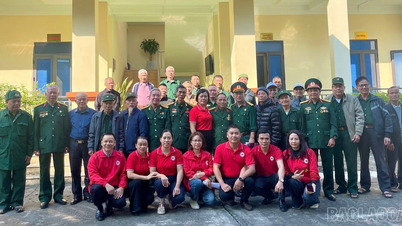


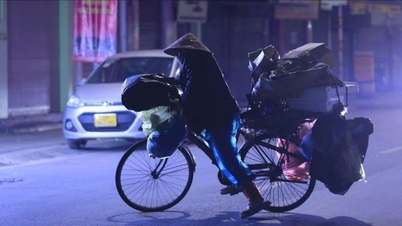
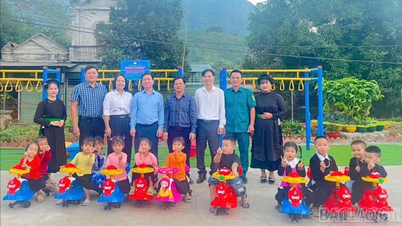




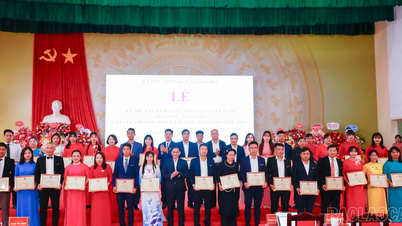
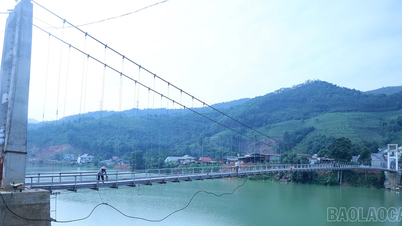
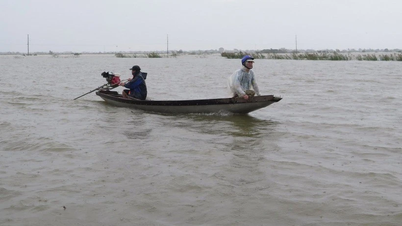
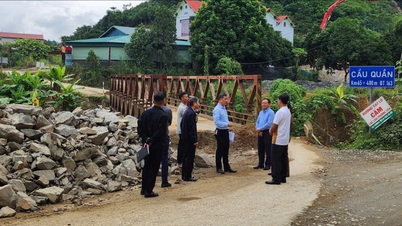
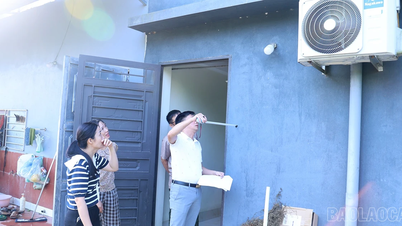
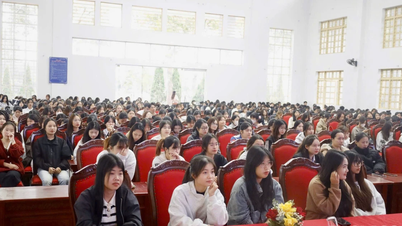
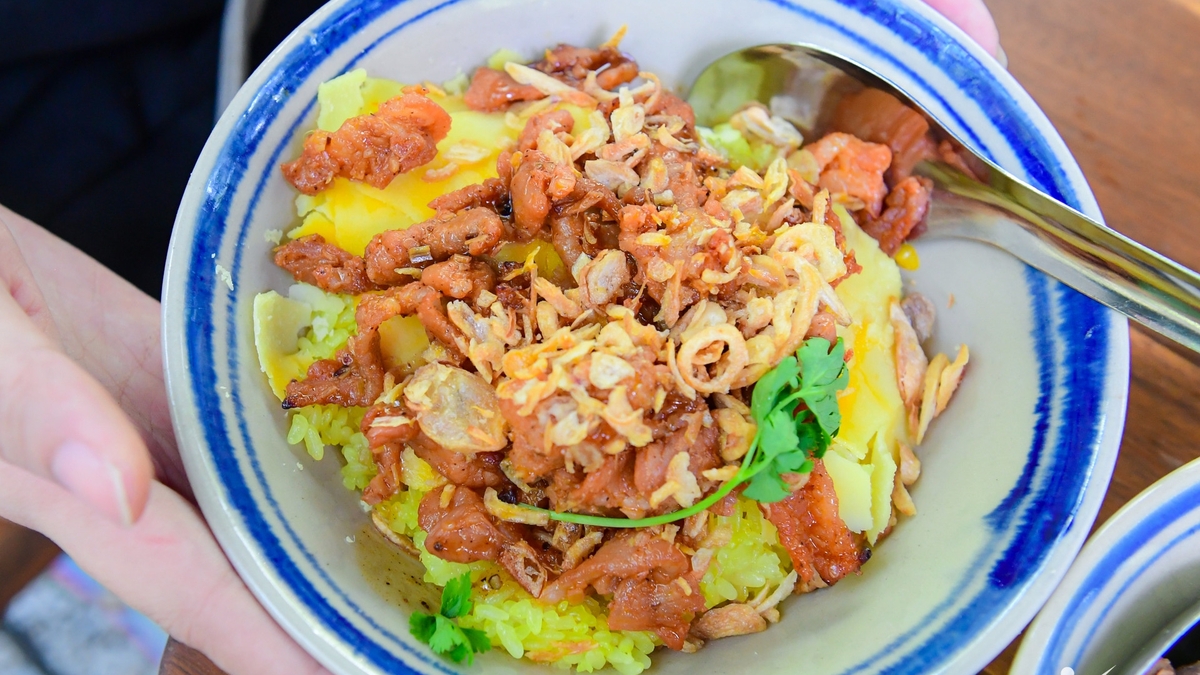
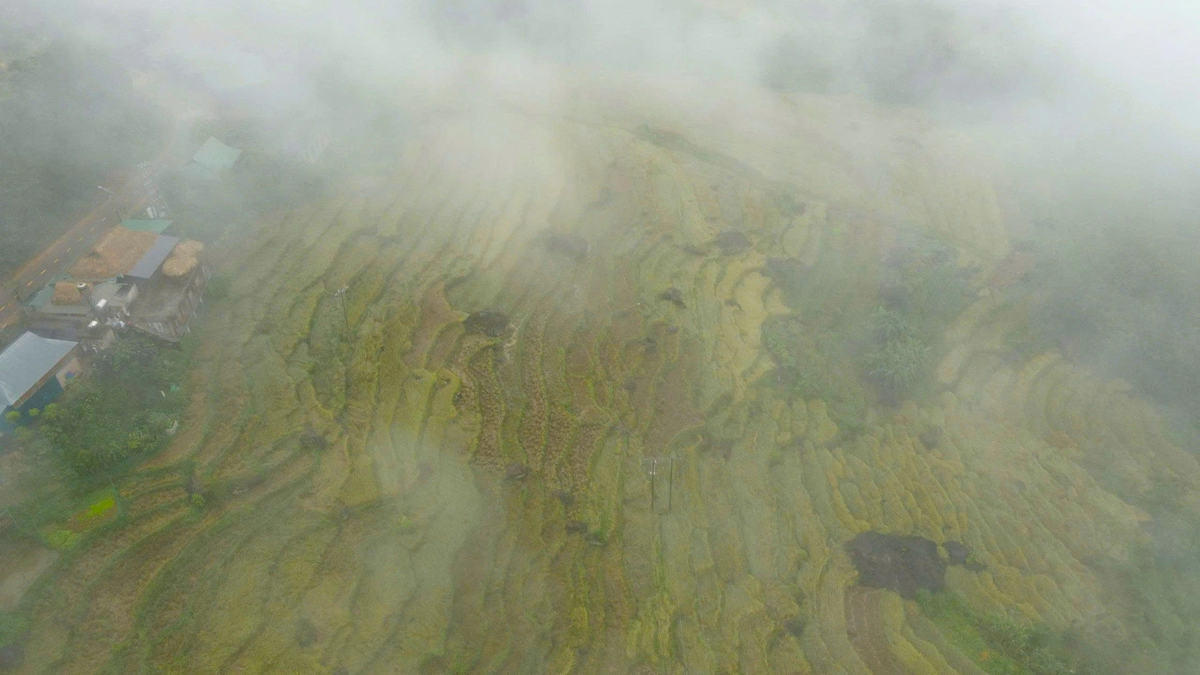
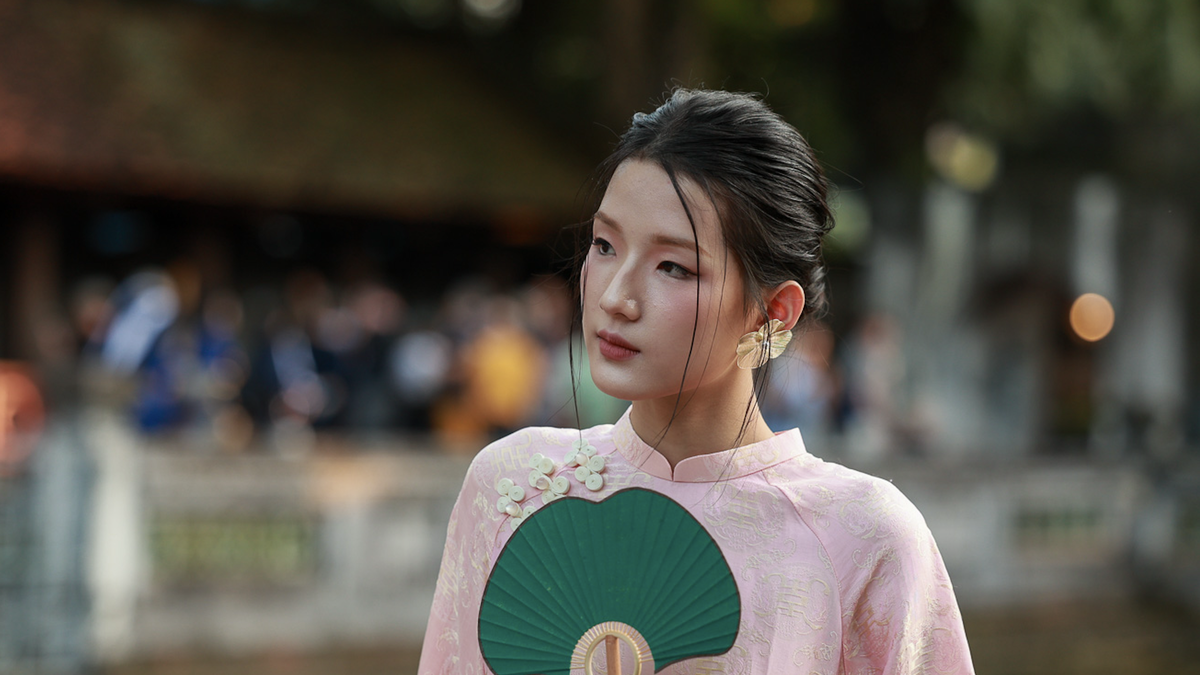
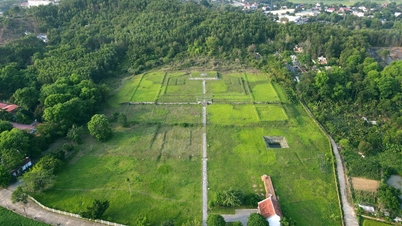



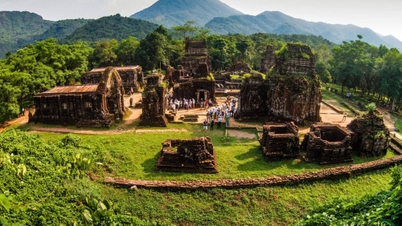



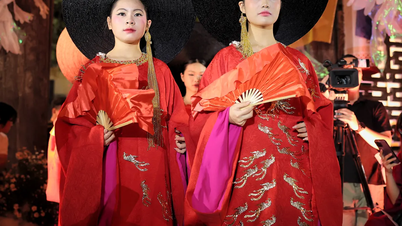

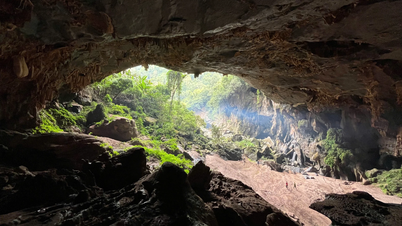

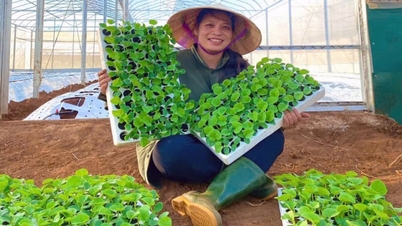

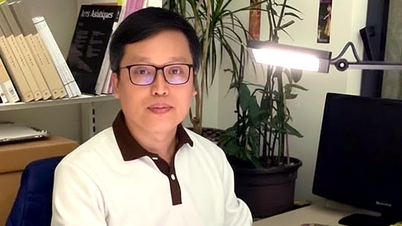



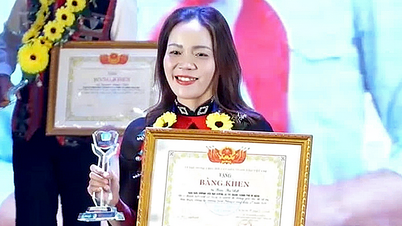





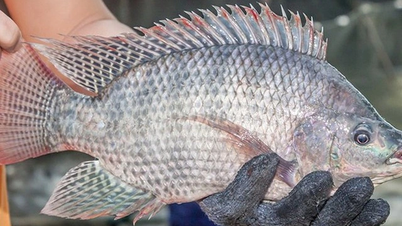









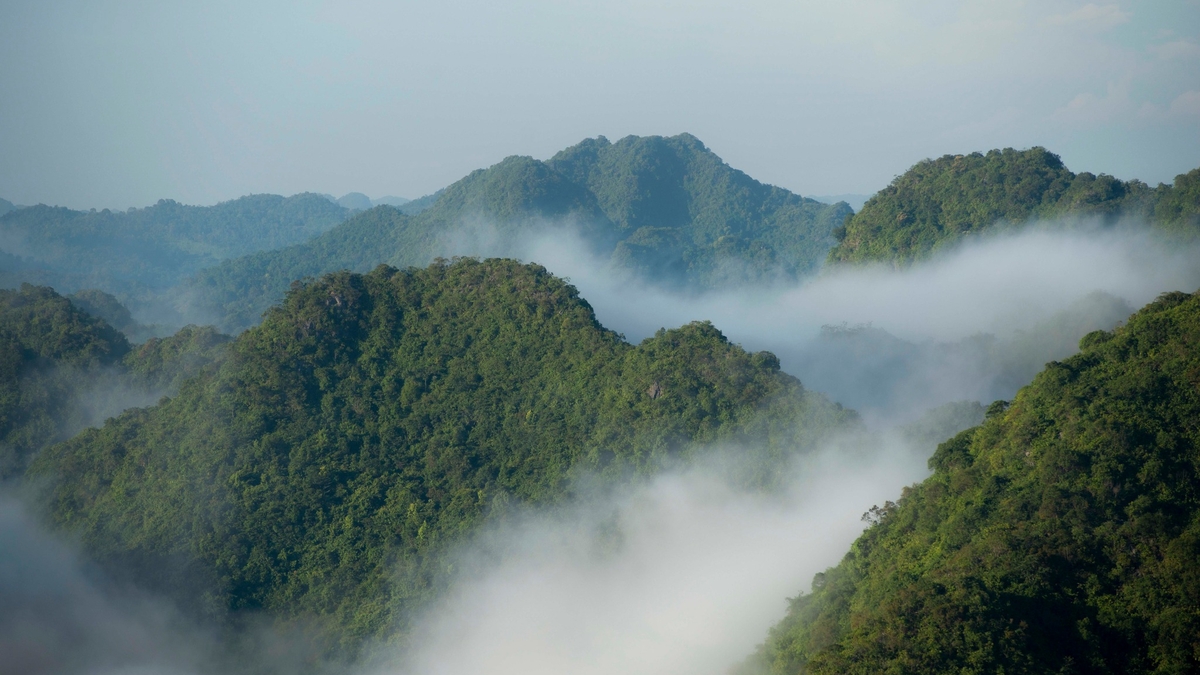
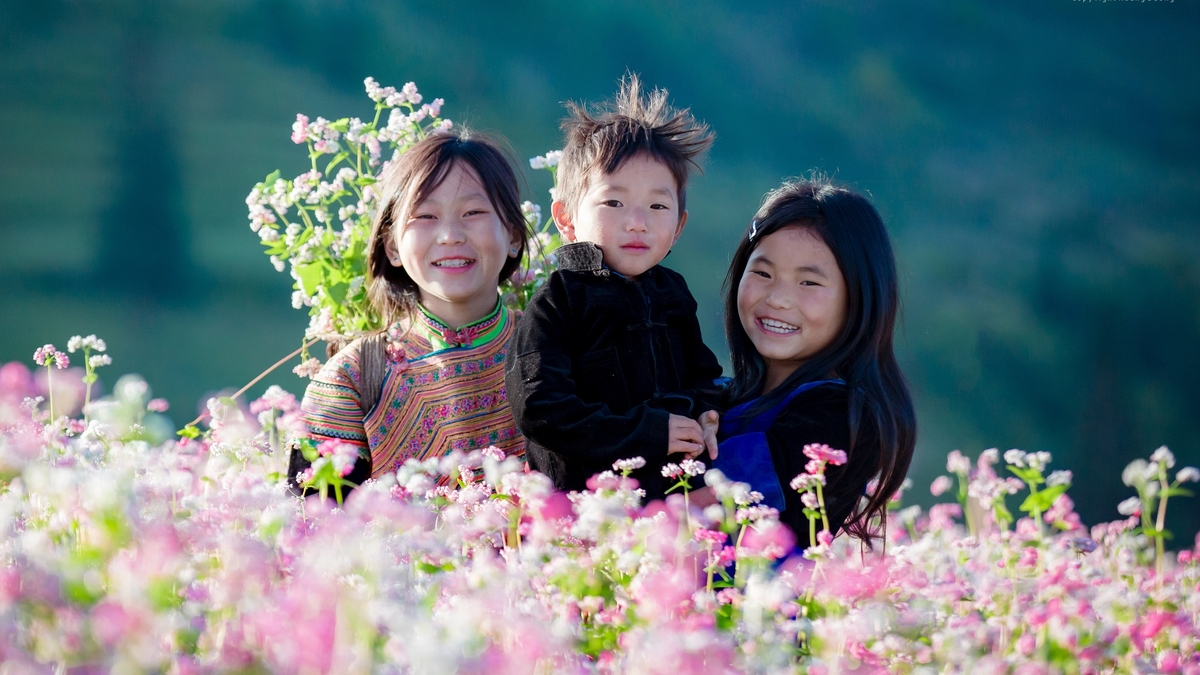








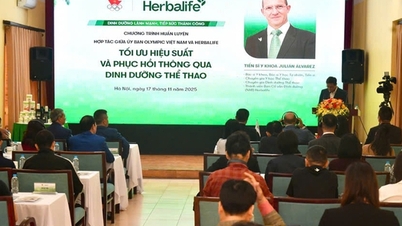


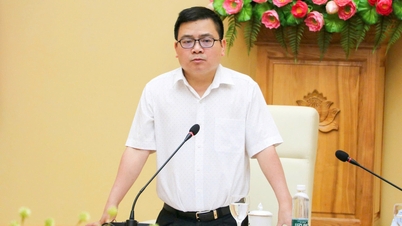





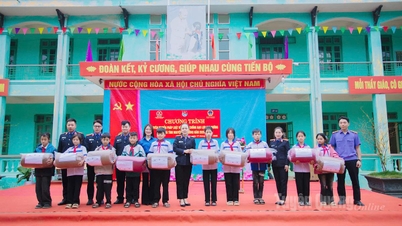

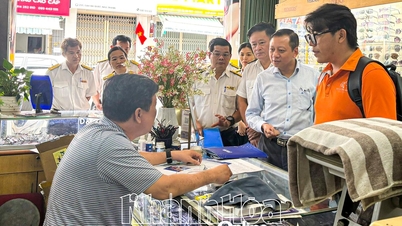

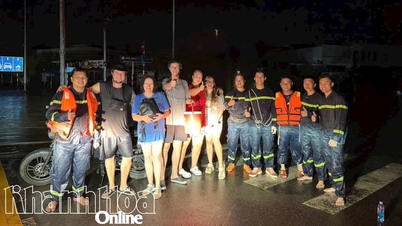
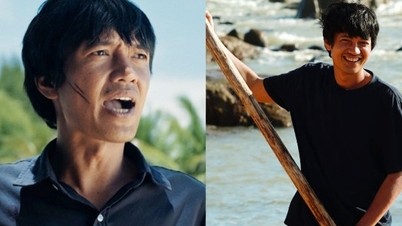
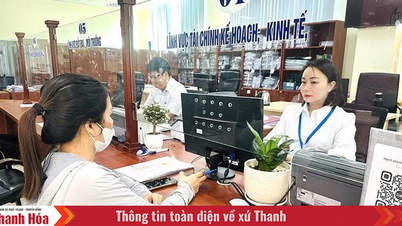

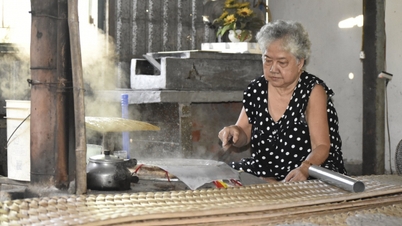

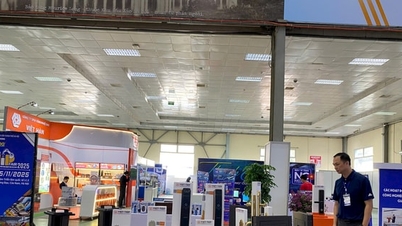







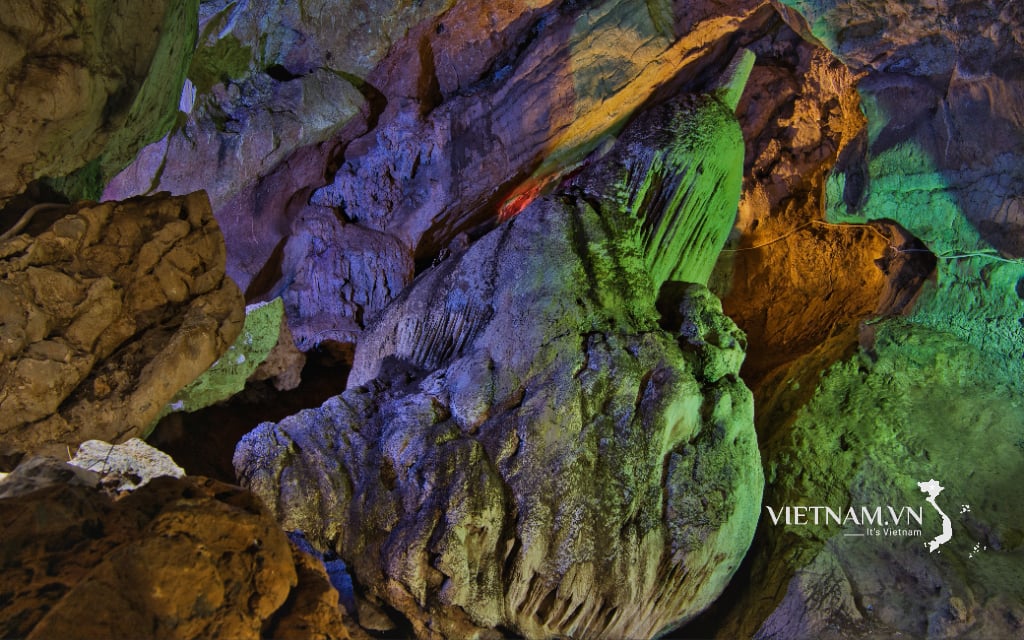

Comment (0)